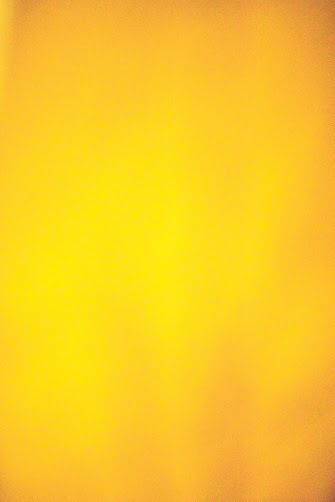SALT:
impermanent beauty
Great cryptoart is almost a sort of magic. Dynamic on-chain cryptoart – where the blockchain is used in a dynamic way to change the artwork – can leave with you a feeling of awe. The computers are doing things that are beyond our ability and when it’s done well, it can be a bit like staring into the starry void at night.
SALT is a series of 180 images, each one an abstract photograph that feels like you’re looking at something you recognise, but you can’t make out what it is. The artworks cycle on a daily rhythm, so every day you see a new picture. It takes 180 days to complete a full cycle, with each collector having every SALT in their wallet for a day.



SALT 128, 129 and 130
This unique series was thought up by Loucas Braconnier and 0xmons, built on the JPG curatorial Ethereum contract. Loucas created the images as a series and 0xmons came up with and coded the 180 day cycle. Together they’ve built an art series like nothing that’s been seen before.
“I’d like people to come back to their piece every day or so to feel the difference in states and colors”, says Loucas. “Experience how their own feelings change facing a different image over time. I very much like the idea of ‘living’ with an artwork every day as a sort of companion.”
Of course the artwork isn’t just one piece, it’s all 180 and the dynamic transitions between them. All of the collectors of SALT own the pieces collectively.
“I think there were two things we originated”, says 0xmons. “One was the idea of a shifting collection, which hadn’t been explored much, but there is certainly precedent. The second thing was the idea of a shared collection, which I don’t think was explored much prior to SALT.”



SALT 110, 111 and 112
The project was released in association with the launch of JPG, an on-chain curation protocol for NFTs built on Ethereum. JPG allows users to create curated exhibitions of NFTs via on-chain sub-registries. These exhibitions are stored on the Ethereum blockchain and can be displayed through the JPG platform or a custom interface. SALT was sold through the Gift Shop that accompanied JPG’s first exhibition.
Maria Paula Fernandez, one of the founders of JPG, says: “SALT is a project that seems simple at first, but it’s incredibly rich in concept. The photographs have a great level of detail and work on them, and each time your NFT changes, it’s a bliss to discover the new ethereal piece that’s in your wallet for just one day.”
SALT shows the power of combining image and code on the blockchain to create an art experience that is broad and deep. The fleeting images and expanse of time they take to cycle make you feel part of something bigger.
“A few years ago, I dropped my camera face down on the ground and the lens broke, preventing me from taking pictures in focus. My style evolved from that accidental constraint” says Loucas. “The SALT photos were taken when there was a legal curfew in Montreal because of the pandemic. I would walk alone late at night to take photographs of back alleys and buildings. These ‘source’ images were extremely underexposed, blackouts. They came alive in the studio afterwards when I revealed the data in them.”



SALT 5, 6 and 7
It’s a nice idea that mistakes we make, or things we can’t see or hold on to, cause beauty to appear that can be shared with others. The long cyclical nature of SALT takes the idea to another scale.
On creating the 180 day image cycle, 0xmons explains: “I was inspired by the JPG exhibition Deep Time. Having the SALT transitions be for 180 days – half of 360 degrees – and happening every day, borrowed from the ideas of changing phases and slow modification.”
SALT has been a success with collectors and FingerprintsDAO picked up a number of pieces. The whole series can be seen on Opensea under the collection title ‘SALT V4’, another collision in the process, due to other collections already titled ‘salt’.
“It’s hard to imagine what on-chain art will be like in 10-20 years” says Loucas. “But I sincerely hope that this collaboration will leave a mark and inspire others to challenge conventional notions of ownership and what makes something a work of art or not.”